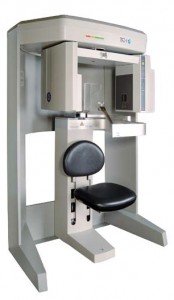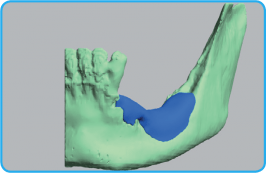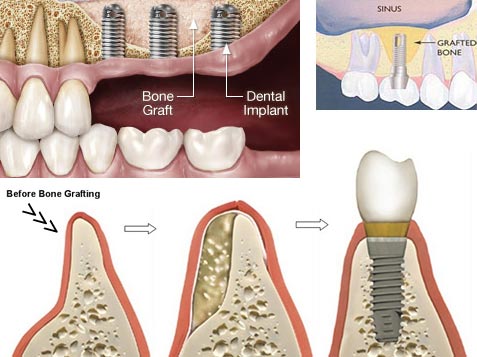Many patients who come to Smile Store – The Dental Specialists have been turned away elsewhere; told that they were not suitable candidates for dental implants because the bone in their jaw is too thin to support an implant. For dental implants to be successful, the jawbone must have enough bone to support them. Tooth loss often leads to more loss of bone over time. The tooth loss may be caused by a number of factors, from gum disease to bone recession if you have been missing teeth for a long time.
Smile Store – The Dental Specialists can help many patients who have been told they could never get a dental implant
We provide a variety of Bone Augmentation methods, so that if the bone under your gum is not tall enough, not wide enough or both, we can perform a procedure to add bone to your At Smile Store _ The Dental Specialists we offer the following to help ateints who have been told they can’t get dental implants.
1) We own a Cone Beam CT Scanner
We own our own high-tech CT Cone Beam Scanner, one of very few of these machines in Ireland. It allows the Oral Surgeon Specialist a full 3 Dimensional view of all interior structures of the mouth and jaw, including the sinus areas and bone density.
2) We can make a bone block
 Information from the scanner can be uploaded to a manufacturer who will finely mill a processed bone block in order to custom-make an exact match of a block of bone to fit into the patient’s jaw so that it will be thick enough to support a dental implant.
Information from the scanner can be uploaded to a manufacturer who will finely mill a processed bone block in order to custom-make an exact match of a block of bone to fit into the patient’s jaw so that it will be thick enough to support a dental implant.
A procedure like this will replace bone that has receded over the years and allow patients who have been turned down on dental implants for the lack of bone to have dental implants, and then ultimately a fixed bridge that does not come in and out to replace their missing teeth.
3) We can perform a bone graft
A bone graft is a process where the Oral Surgeon Specialist uses pre-packaged granular bone material, derived from an organic source, to add to the patient’s own jawbone. (The patient may also opt to use bone from their own body; which must first be harvested in a separate procedure.) Once the entire area has been entirely numbed by local anaesthetic, he begins by opening an incision in the gum down to the bone. He then opens a sterile package of granular bone graft material; gently packs it in right next the patient’s jawbone; then closes and stitches the incision.
The site heals and the added granular bone material fuses entirely with the patient’s own jawbone (in a process known as osseointegration), forming a stronger and denser bone base in which to insert a dental implant. The strengthened jawbone can easily support the titanium post of the implant.
4) We can perform a sinus lift
A sinus lift is surgery that adds bone to your upper jaw in the area of your molars and premolars. It’s sometimes called a sinus augmentation, and involves a similar procedure as before, but in your upper jaw. The added bone is placed between your jaw and the maxillary sinuses, which are on either side of your nose. Once any type of bone augmentation has been performed, the surgeon will then wait between four and nine months before putting dental implants in place; it depends on the natural healing rate of the patient and how quickly the bone fuses.
Confused about bone grafting and sinus lift? Below illustration may be of some help explaining the procedure
5) We can perform an autogenous bone transplanation

This means we can use your own bone to be implanted into your jawbone to replace bone that has receded after the loss of teeth.

Please note: Patients who are taking or who have taken a type of drug called a bisphosphonate, used in the treatment of osteoporosis and in some cancer treatment regimes, are not eligible for dental implants due to the risk of osteonecrosis of the jaw.

 Home
Home About Us
About Us Appointments
Appointments Treatments
Treatments Fees
Fees Reviews
Reviews Blog
Blog Referral
Referral FAQ
FAQ Contact Us
Contact Us